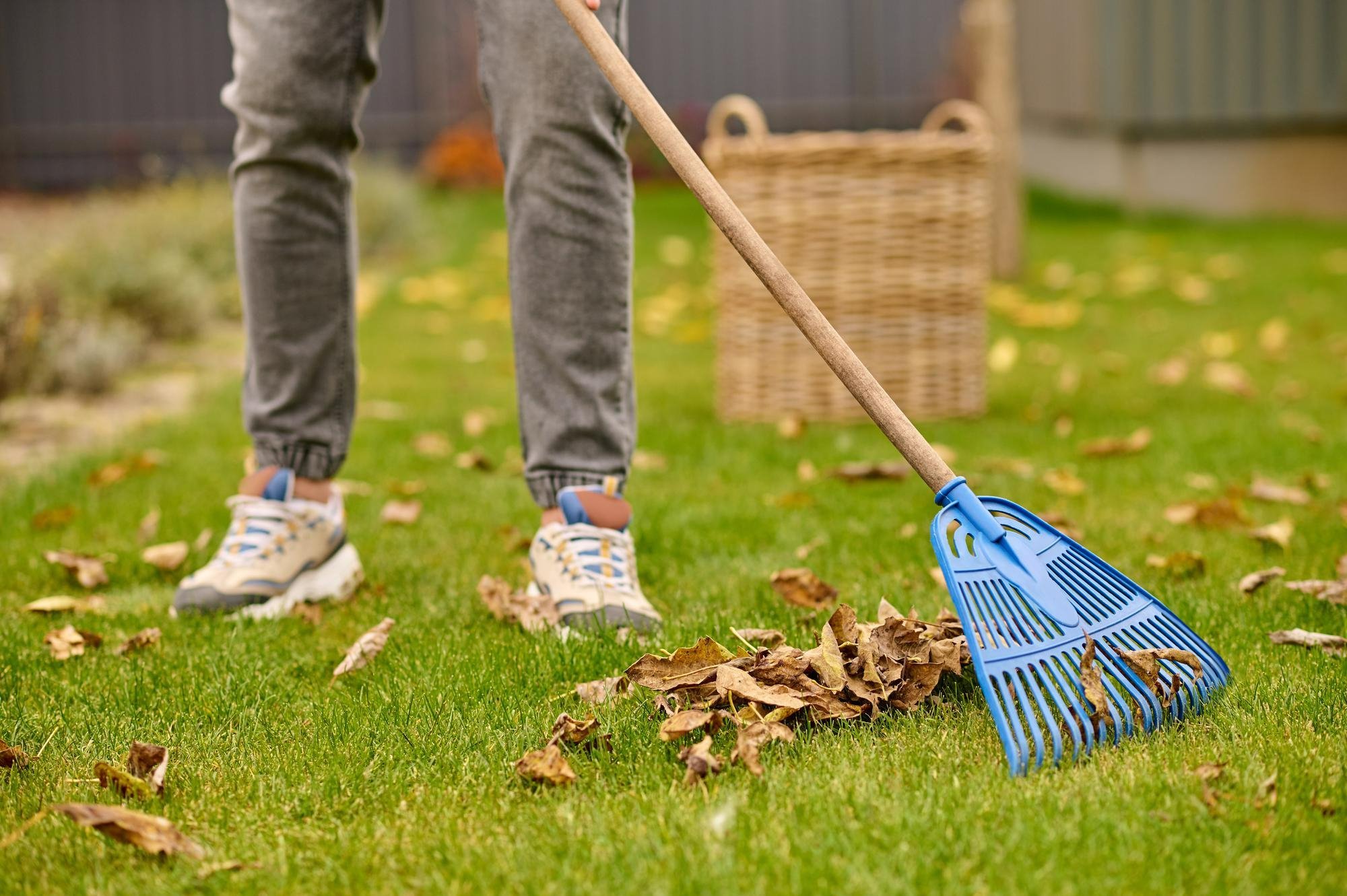
As a homeowner, you may think that once the temperature starts to drop that your weekly chores of outdoor landscaping are over. However, that is quite far from the truth. The hard work of outdoor landscaping is far from over. In order to have another successful spring and summer season next year, you need to prep and protect your lawn and landscaping for the brutal cold month to come during the winter season. How do you do that? Use our Fall Landscaping Checklist to make sure you hit all the important parts of prepping your lawn and landscaping for the upcoming year.
